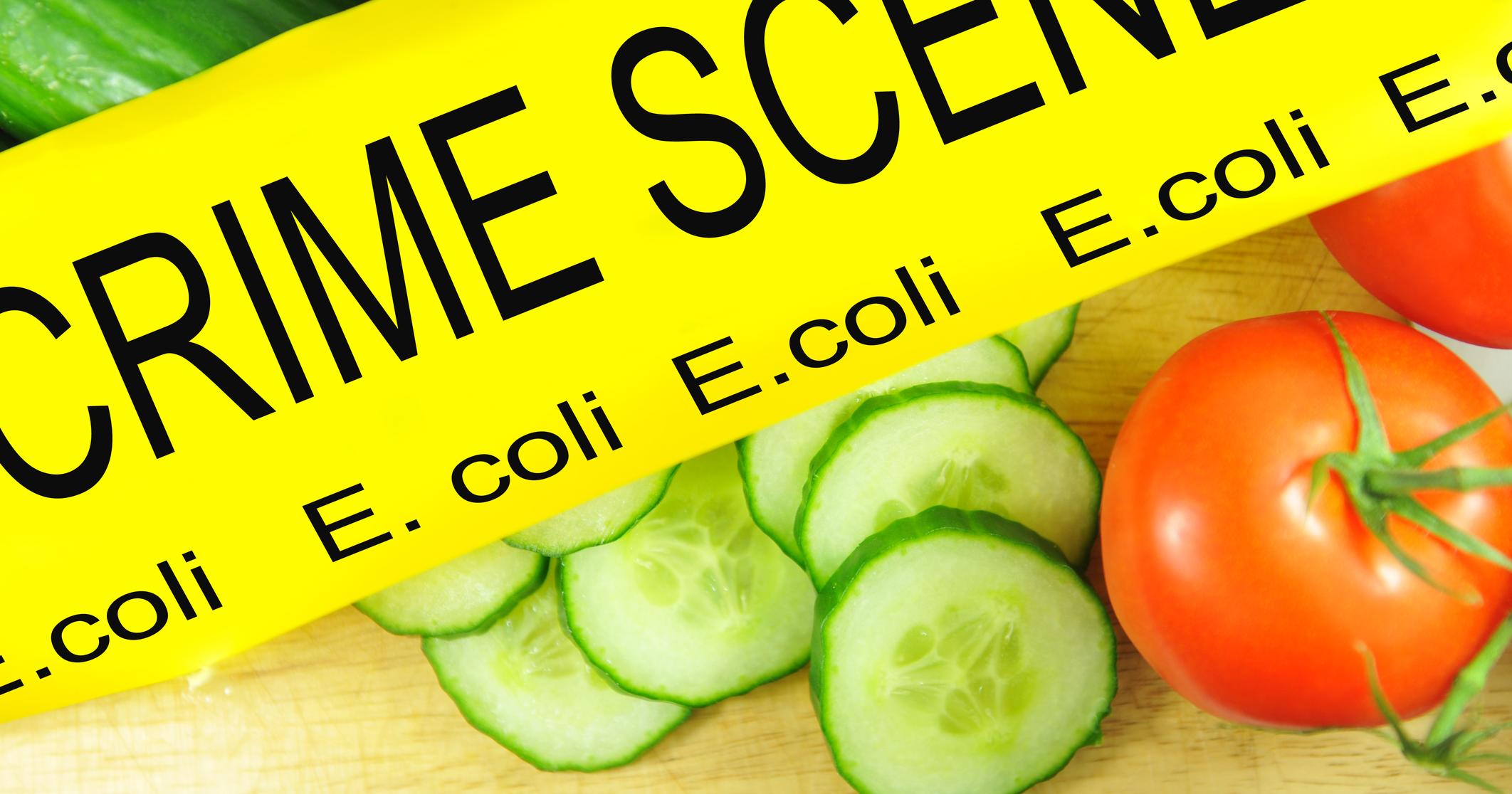The Most Common Foodborne Illnesses
E. Coli

E. coli is a type of bacteria that lives in the intestinal tracts of animals and causes infection in the intestinal tract. Similar to other foodborne diseases, contamination happens when feces get onto food either through handling, processing, or transfer such as from farm runoff on crops. Respected research sources explain exposure is commonly from contaminated raw vegetables and undercooked ground beef. Symptoms of infection include diarrhea, abdominal pain and cramping, nausea, and vomiting. Prevention includes increased sanitary practices in handling, processing, and food preparation, including thoroughly washing foods and hands, thoroughly cooking foods, especially meat, and avoiding cross-contamination of raw foods both in storage and preparation.
Sources of E. Coli in 2018 include romaine lettuce grown in Yuma, Arizona, with the contamination source traced to contaminated canal water used to water the crops. Some individuals who became sick hadn’t eaten the contaminated lettuce but had only been in contact with those who had eaten it.
Keep reading to learn about more common foodborne illnesses.